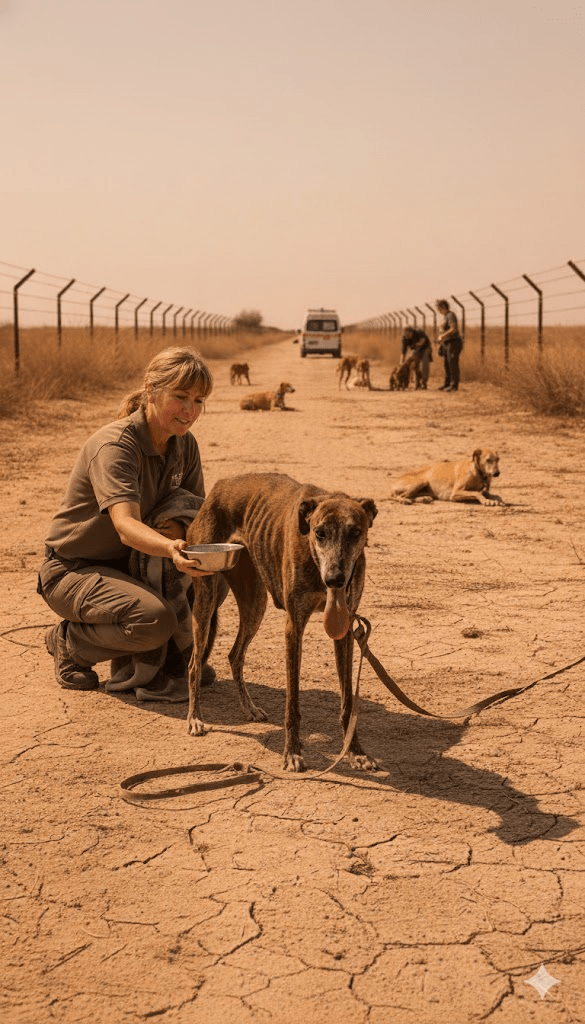The image before us tells a poignant story—a sighthound, emaciated and weary, its ribs starkly visible beneath a thin coat, its tongue lolling in what appears to be exhaustion or distress. This striking visual serves as a harsh reminder of a widespread and often overlooked crisis: the severe neglect and abandonment faced by sighthounds globally. These breeds, known for their incredible speed, elegant form, and gentle nature, are frequently subjected to unimaginable cruelty, particularly after their racing or hunting careers end. While their athletic prowess is celebrated, their welfare as sentient beings is often tragically disregarded, leaving them vulnerable to starvation, injury, and a desperate struggle for survival. This article delves into the heartbreaking realities of sighthound neglect, exploring the systemic issues that contribute to their suffering and highlighting the urgent need for greater awareness, intervention, and compassionate care to transform their lives from despair to hope.

One of the primary drivers of sighthound neglect is their association with commercial industries such as greyhound racing and traditional hunting practices. In these environments, dogs are often viewed as mere tools or commodities, valued solely for their performance. Once their speed wanes, or they are no longer deemed fit for purpose, they are frequently discarded without a second thought. This harsh reality means that countless sighthounds, after years of dedication and service, find themselves abandoned, left to fend for themselves in unfamiliar and often hostile environments. They may be dumped in rural areas, on remote roadsides, or simply turned out, expected to survive without the skills or resources to do so. The sheer scale of this abandonment creates an overwhelming burden on animal shelters and rescue organizations, many of which are already stretched to their limits.
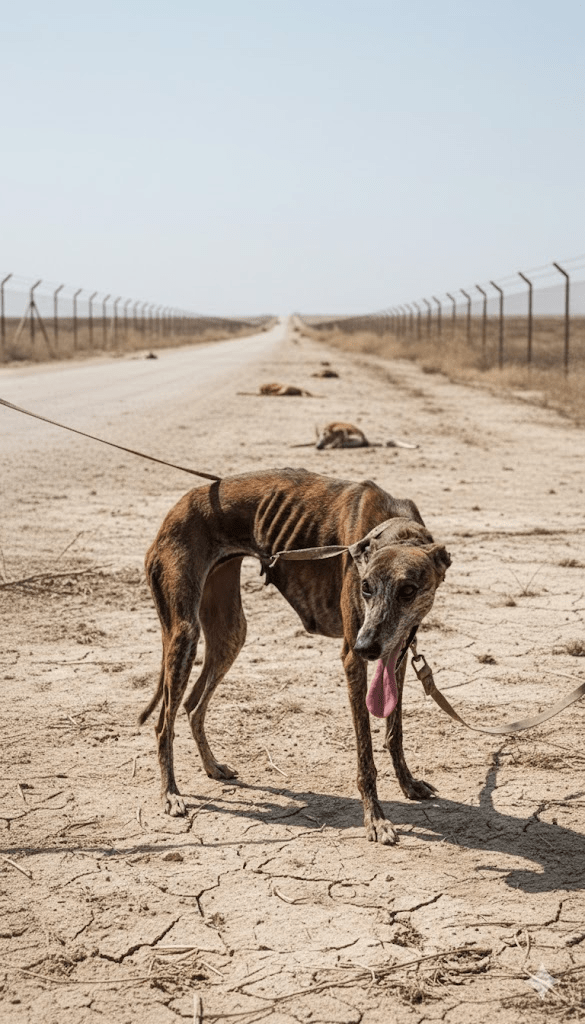
The physiological toll of neglect on sighthounds is immediate and severe, as heartbreakingly evidenced by the skeletal frame in the initial image. Malnutrition is rampant among neglected sighthounds, leading to extreme weight loss, muscle atrophy, and a compromised immune system. Their delicate skin, often lacking the protective layer of fat, becomes susceptible to sores, parasites, and infections. Beyond the obvious physical suffering, these dogs often endure untreated injuries, such as broken bones or deep lacerations, sustained during their former lives or in their struggle to survive in the wild. The cumulative effect of these physical ailments leaves them weak, vulnerable, and in constant pain, making every day a battle for existence.
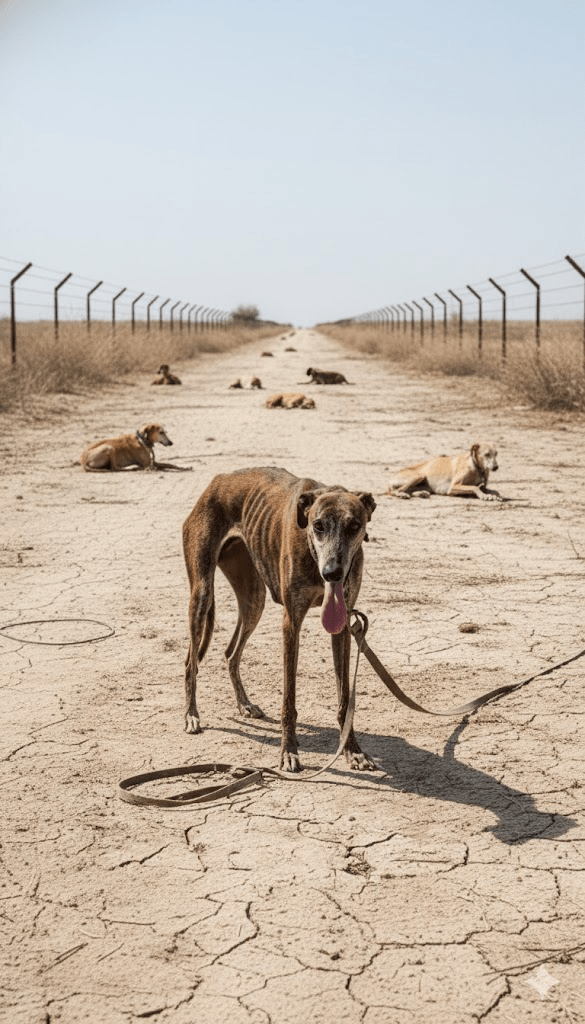
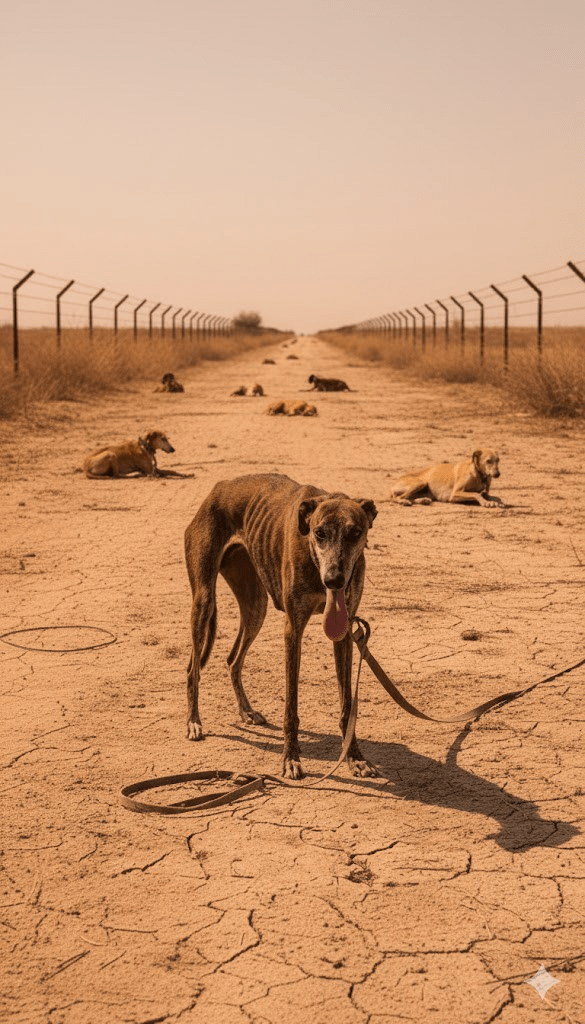
But the wounds of neglect are not solely physical. Sighthounds, like all dogs, are highly social and intelligent creatures, capable of forming deep bonds and experiencing a wide range of emotions. Chronic neglect inflicts profound psychological trauma, often manifesting as fear, anxiety, and a deep distrust of humans. Dogs who have been starved or abused may exhibit extreme timidity, shying away from touch or sudden movements. Others may develop resource guarding behaviors, driven by the primal fear of losing what little food or comfort they might acquire. Rehabilitating these emotional scars requires immense patience, understanding, and a consistent environment of love and security, often provided by dedicated foster homes and experienced rescue volunteers.
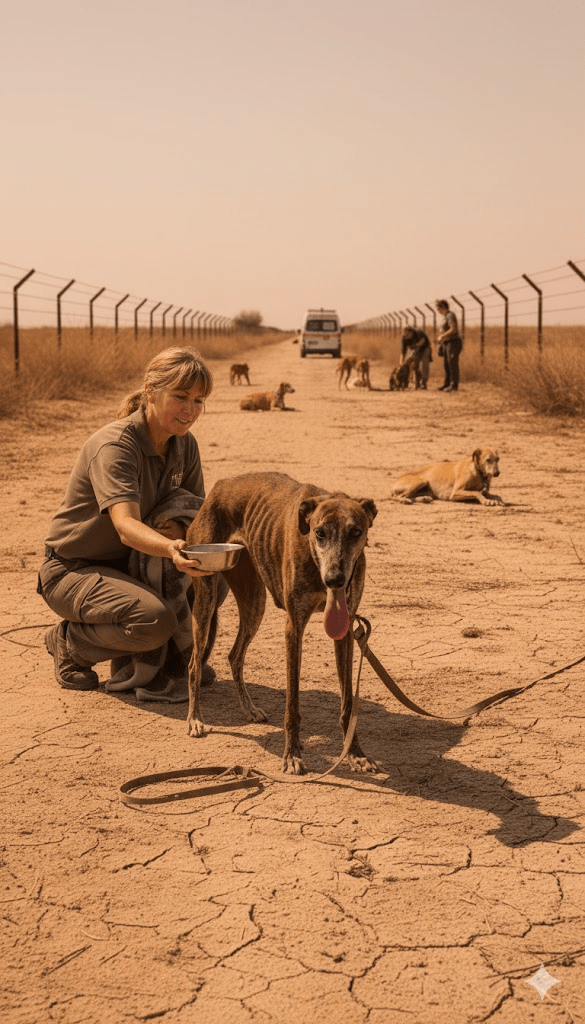
While rescue organizations and individual heroes work tirelessly to save these dogs, the scale of the problem demands broader societal change. Stricter regulations and enforcement in industries that utilize sighthounds are crucial. This includes mandatory tracking of all animals, ensuring proper retirement plans, and holding owners accountable for the welfare of their dogs throughout their lives. Education plays a vital role in dispelling misconceptions about sighthounds and promoting responsible pet ownership. Many people are unaware of the gentle, affectionate nature of these breeds, often mistaking their quiet demeanor for aloofness.
